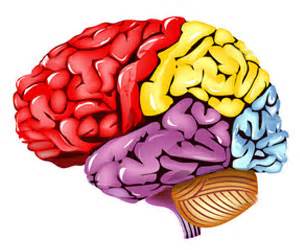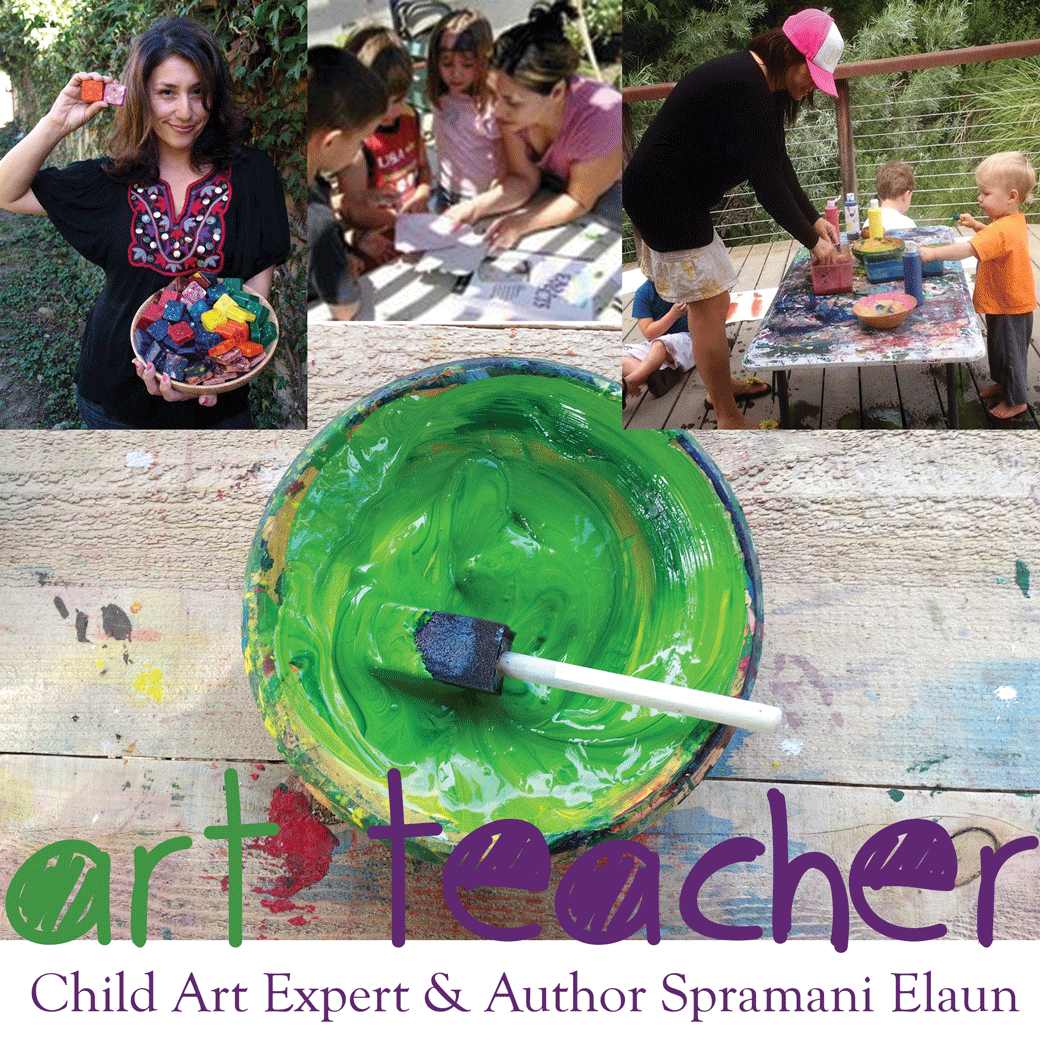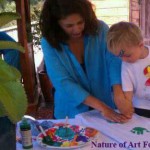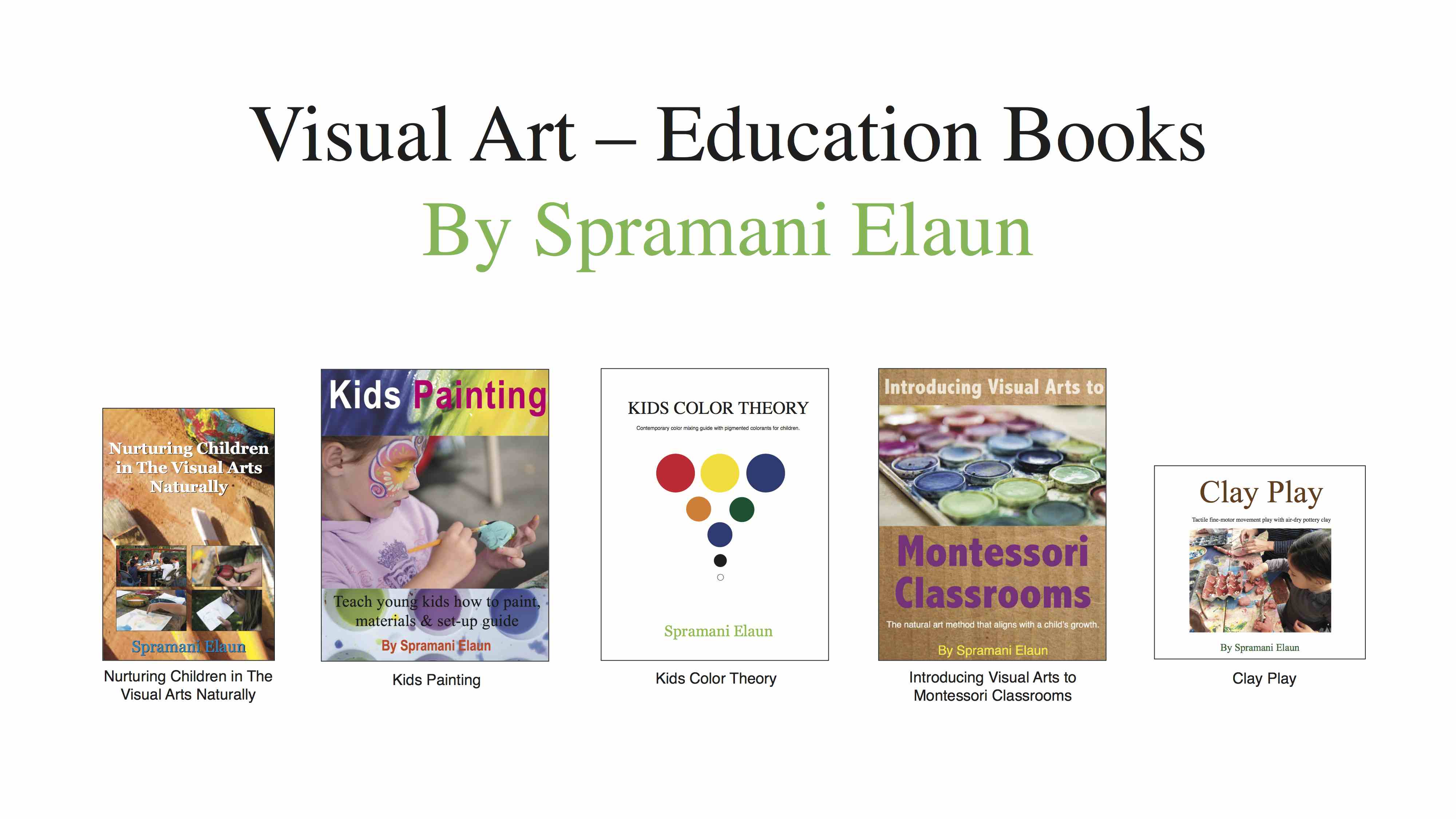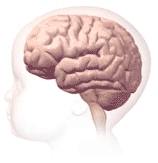
Your Child’s Brain on Art, fine motor and tactile art making helps cognitive processing
By Spramani Elaun
Many studies have shown children ages two years – ten years benefit in development by being involved in the visual arts.
Visual arts can promote healthy brain development for young children.
Visual art activities such as painting, doodling, drawing, clay modeling, 2-D and 3-D constructing are all beneficial.
Art making stimulates high levels of myelination in the brain, simply put – creates good neural circuits that work faster.
Art helps neural cognitive functioning by doing many projects that requires fine motor and tactile processing.
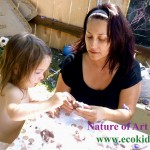
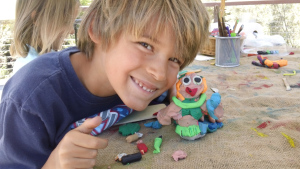
Sensory Tactile is positive for brain development
It’s becoming increasing important young children have sensory tactile exploring opportunities in their younger years.
Doing visual arts projects is a perfect way tactile sensation can take place.
Almost all art making requires using direct touch to construct, build or express.
Without tactile opportunities a child can miss out on important spatial learning.
Learning and creating through touch helps with brain connectivity that can’t come from just sight and hearing sensory systems.
I recommend children have lots of experiences touching and feeling through tactile type art making projects.
In my new book Nurturing Children In The Visual Arts Naturally © I dedicate a whole chapter to this topic.
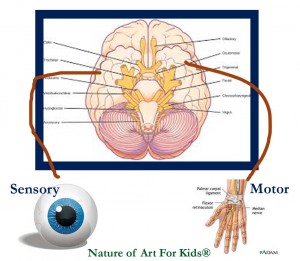
Book Excerpt:
Chapter 11. Nurturing Children In The Visual Arts
Sensory ability, cognition and fine motor control are all linked together. Our sensory system includes vision, touch, scent, hearing and taste. This system plays a vital role how we gather information from our environment around. Collected sensory information is transmitted neutrally to our brain networks. Our different networks are always communicating; this can also be explained as cognitive processing. This type of cognitive processing is beneficial for deep learning and comprehending.
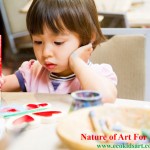
Tactile Learning By Sensory Touch
Tactile learning can be described as learning through touching with one’s own hands.
When a child touches an object, messages of information are sent through sensory nerves to the brain.
Tactile sensory sensations can help young children learn and understand ideas.
Visual art learning can happen from direct sensory touching by hands.
Tactile art making stimulates learning in different ways than visual or audio learning.
For a developing child, tactile exploring can also lead to better fine motor function and control.
Tactile learning is recommended for highly active children or kinesthetic learning styles.
These types of children learn better by physical action and tactile sensations.
Visually impaired children greatly benefit by tactile learning sensations.
A child’s manipulations or artwork are their understanding from tactile experiences.
Recommended art making for young kids
• Modeling clay play or sculpting small figures
• Coloring with crayons or oil pastels
• Painting with fingers and hands
• Painting with brushes
• Sponge painting
• Potato stamping
• Collage creating, cutting, tearing and glueing with hands
• Crafting with natural wool
• Wet-felting with hands
• Sewing and touching natural fabrics
• Mosaic designs with beads, stones or small embellishments.
Read other articles by Spramani: Learn how playing with clay can relieve stress click here!
All rights reserved ©, Nature of Art For Kids®
No part of this blog may be used or reproduced in any manner whatsoever without written permission except in the case of brief quotations embodied in critical articles and reviews.
